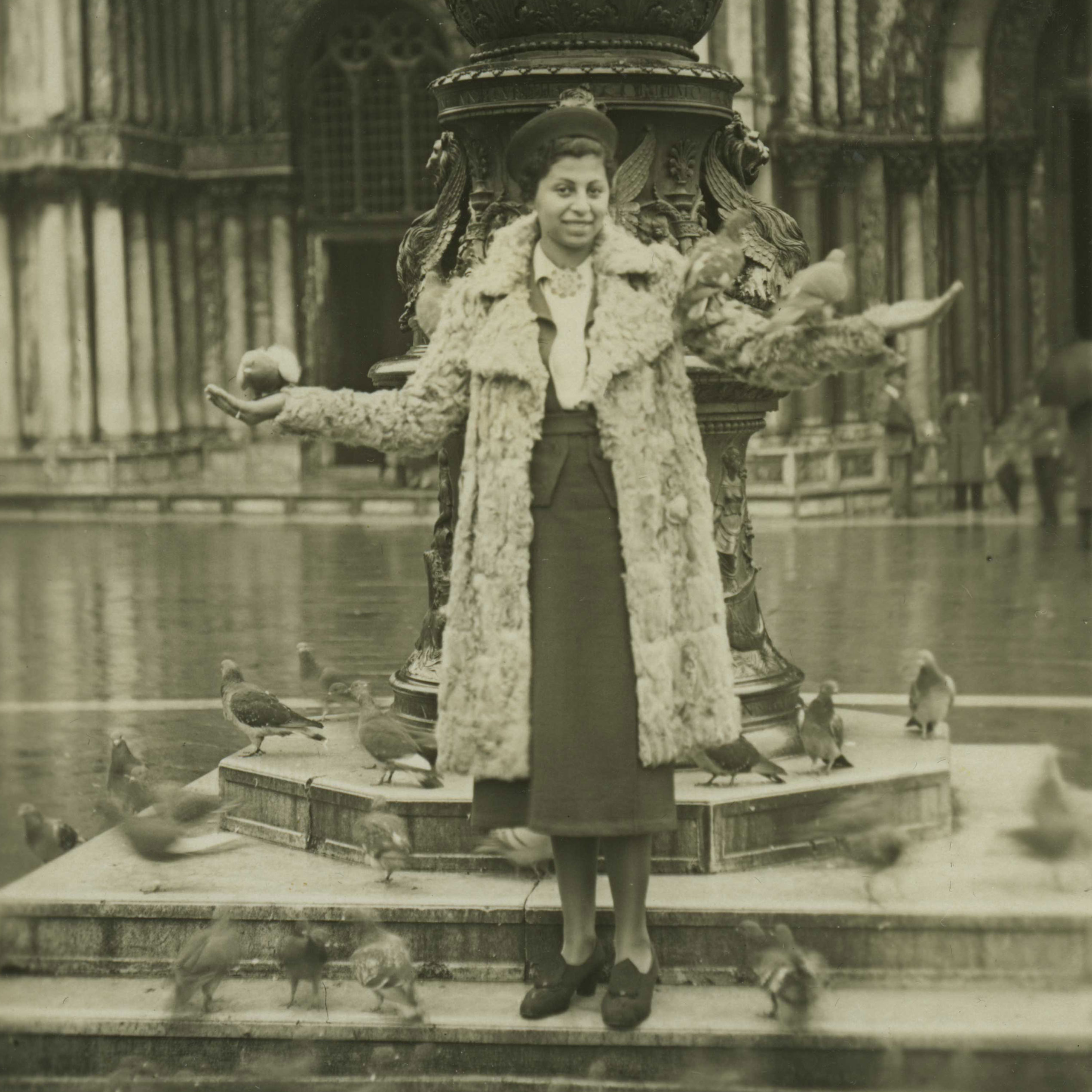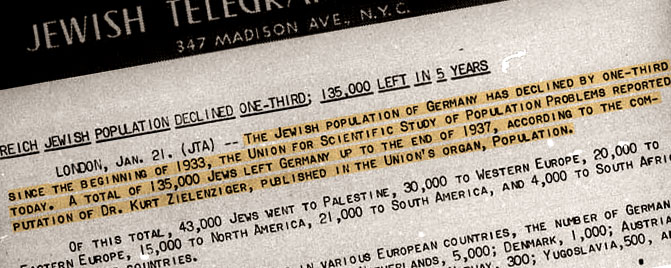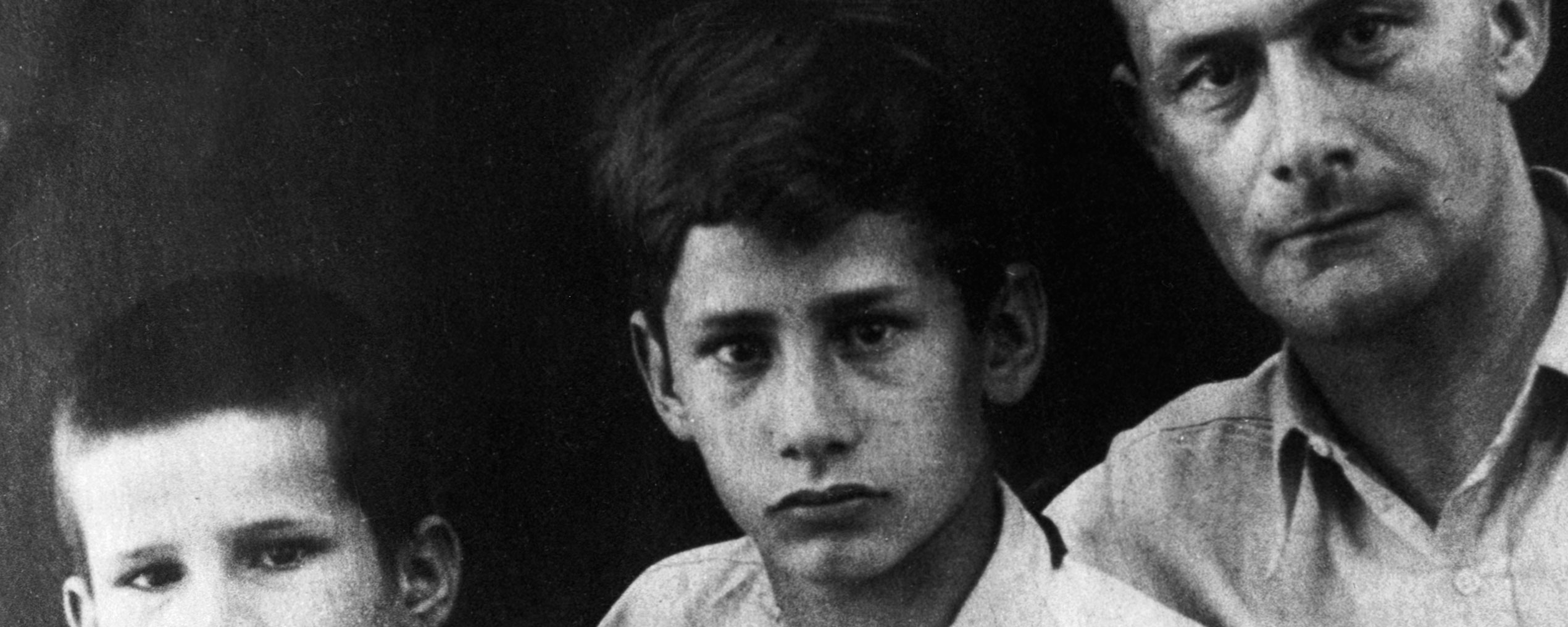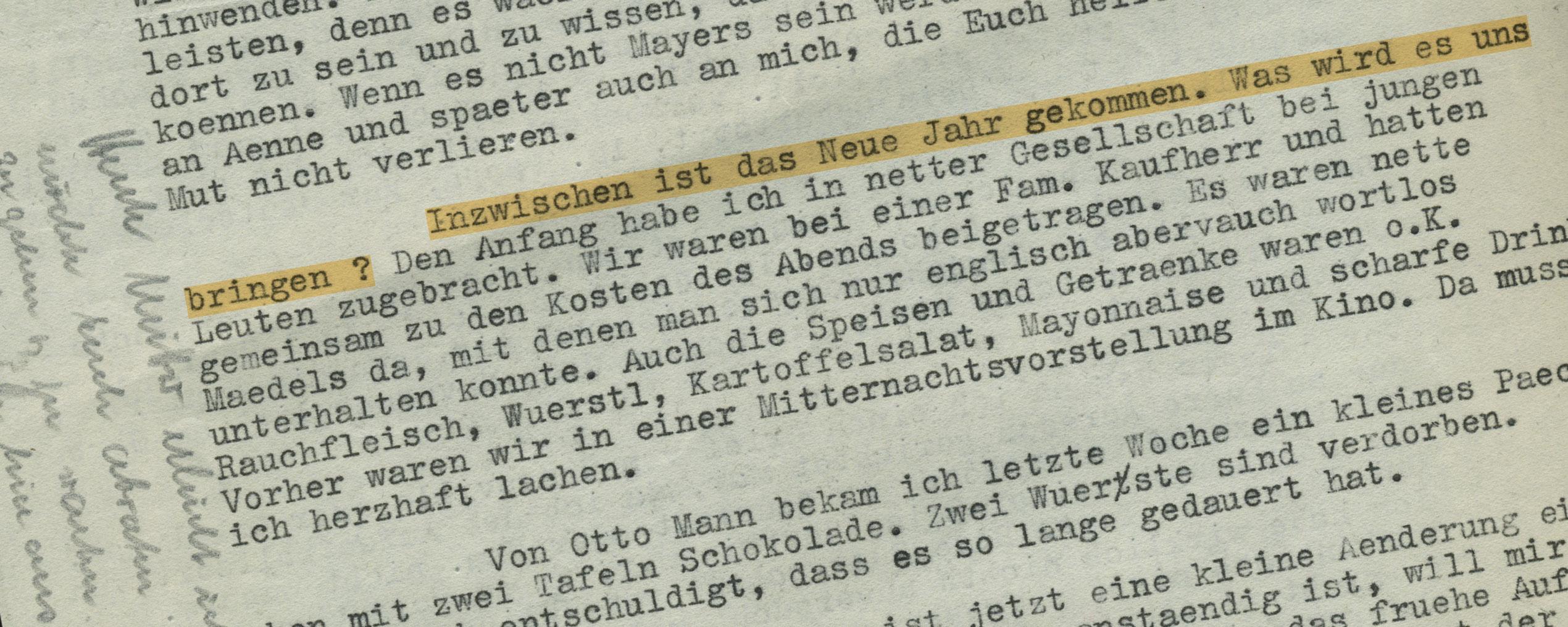Career change
Archeologist seeking work as a nurse
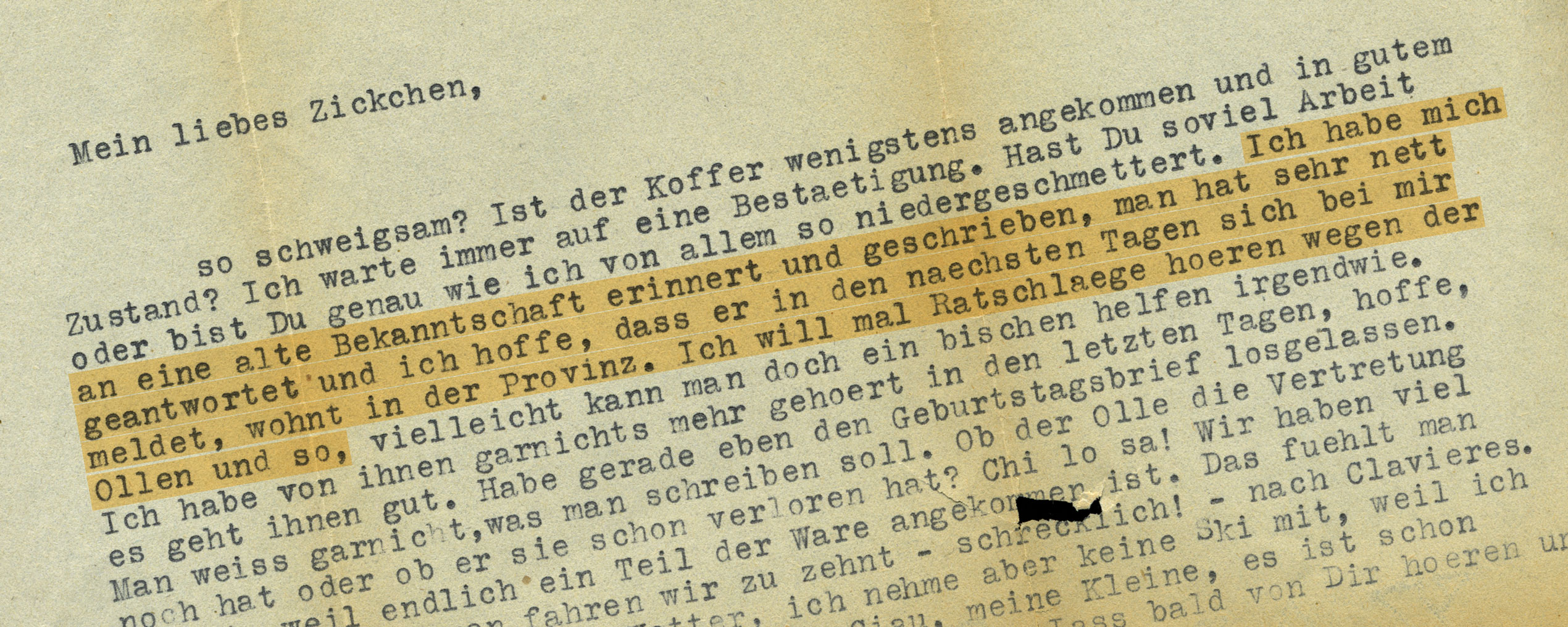
“I remembered an old acquaintance and wrote a letter which was answered very nicely, and I hope he'll get in touch with me within the next few days. I'd like to hear some advice regarding our old man and old lady and the like [...].”
Turin/Rome
In this short missive from Turin, written in a casual, sisterly tone to her sister Anneliese in Rome, Elsa Riess communicates her worries about their parents, who have remained in Berlin. Elsa is concerned about her father’s employment situation and declares her intention to find out about possible ways to help their parents, from whom she hasn’t heard for a while. Anneliese had come to Italy in 1933 to study archeology, earning her PhD in 1936. Because of her own uncertain material situation, she was not in a position to help her parents financially. Unemployable as a foreigner in Italy and hoping to increase her opportunities by adding a practical skill, she had decided to take a course as a baby and child nurse in Geneva in 1937.
SOURCE
Institution:
Leo Baeck Institute – New York | Berlin 
Collection:
Anneliese Riess Collection, AR 10019 
Original:
Box 1, folder 9
Chronology of major events in 1938
Law on Alteration of Family and Personal Names
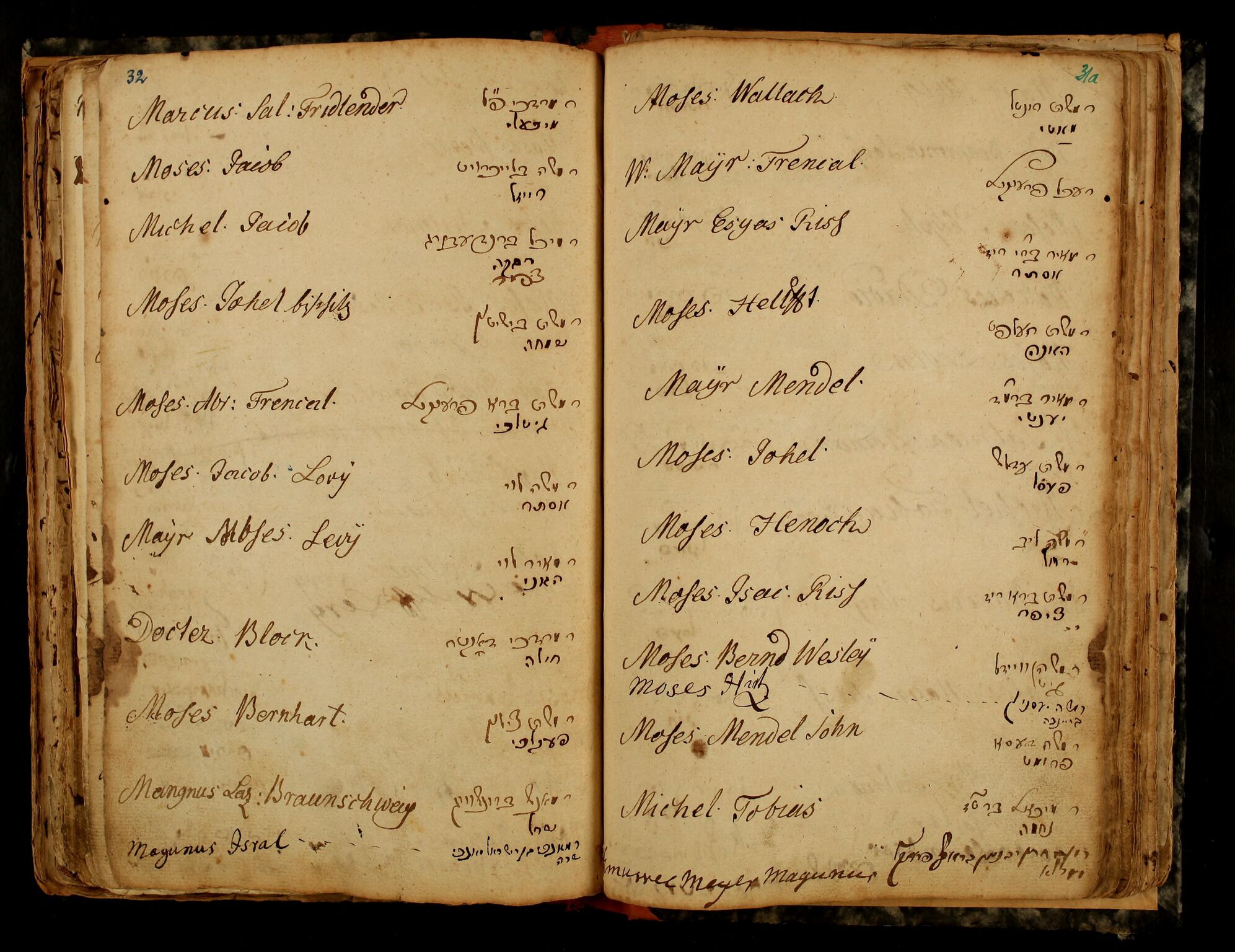
Page from a ledger book of the Gesellschaft der Freunde in Berlin, 1792 - 1793.
The new Law on Alteration of Family and Personal Names regulates the change of names of German citizens and individuals without citizenship who live in the German Reich. The law empowers the Interior Minister to issue rules concerning given names and unilaterally change those names that do not conform to the rules, including names which were changed before the Nazis seizure of power in 1933. This primarily affects assimilated Jews who adopted less apparently Jewish names, which the Nazis viewed as an attempt to camouflage their Jewishness. The new law is the Nazis’ first step toward marking Jews by forcing them to adopt ‘typical’ Jewish names.
View chronology of major events in 1938
